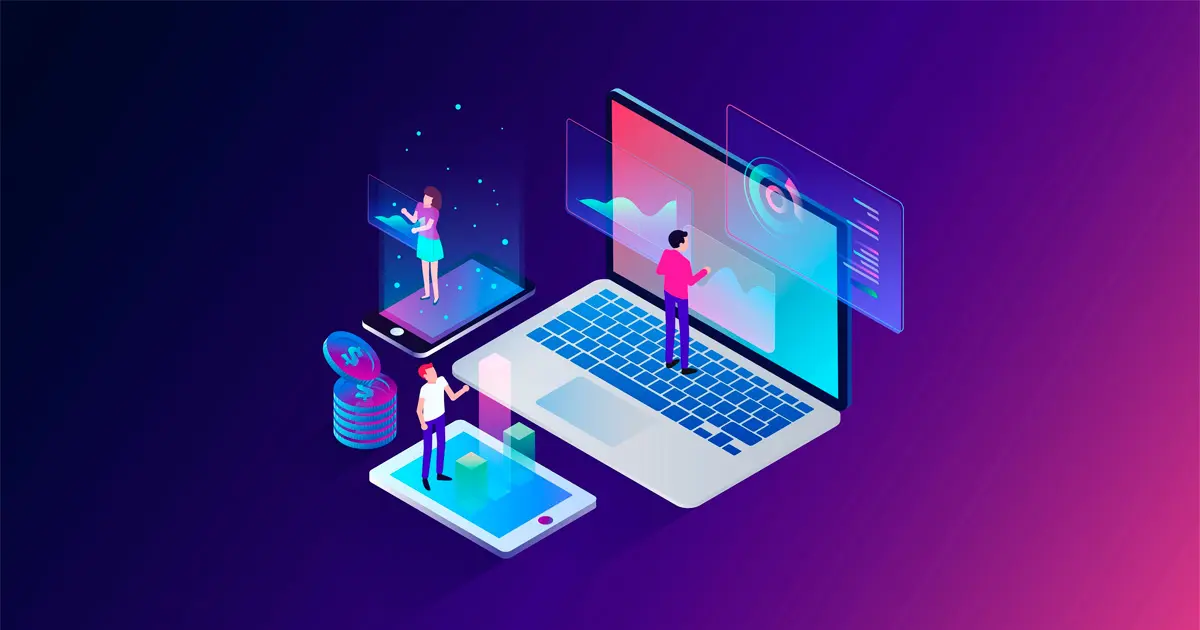Expecting partners to come to a monolithic learning platform, or to use point-to-point APIs, is just not good enough in today’s evolving ecosystems. A more standardized ecosystems network approach is required.
When I joined Microsoft in 1997 there was an internal awareness campaign telling us that “96% of all our revenue is generated by our partner channel”.
The campaign’s objective was to make Microsoft employees aware of the importance of our partner channel even though we were starting to sell directly to large customers. It was deemed necessary because the scale and the value of the Microsoft ecosystem was felt to be underestimated.
In my first role at Microsoft, I looked after Shell and later the United Nations, organizations that were also underestimated in terms of their size and complexity. I learned that for each of these organizations, the true value of their ecosystem to Microsoft was a multiple of the value of the organization itself.
When I joined Salesforce in 2013, I experienced the fast pace of Cloud Innovation and the business opportunity a Cloud Platform creates…especially outside of IT when adding a whole new range of partners to its’ ecosystem. I also witnessed the explosive growth of increasingly diverse partners joining the Salesforce ecosystem and the transformation of Customer Relationship Management (CRM) into more of a science than an art.
Nearly 25 years after that initial Microsoft campaign, I now look after cloud technology companies for TIDWIT, an ecosystems network company focused on enablement. Even after all this time working with a wide range of very diverse technologies, my appreciation for the continuing evolution and impact of ecosystems continues to grow.
The value of ecosystems is fully embraced today by all major cloud vendors, with each one expected to add about 250.000 new partners over the next four years. This accelerated channel growth, along with increasing speed of innovation and diversification of partners (65% of technology spend is now outside of IT), presents a huge “how to scale enablement?” challenge for cloud vendors.
Traditional learning portal solutions, such as Salesforce Trailhead and Microsoft Learn, are one way to address this enablement challenge. The content, user experience and structure of each of these individual learning portals is fairly good and is most often free after log in. Within TIDWIT we call this a “come to our portal” enablement model.
But while each vendor’s user interface is good in and of itself, the fact that partners need to navigate multiple portals, each with totally different user interfaces, makes their total experience sub-optimal.
For multi-tiered cloud ecosystems this type of enablement model does not really work and one of the common questions we get from our cloud partners is: “how can you help us increase the use of our learning portal?”
Conversely, almost all partners have their own learning environments, and they work with multiple cloud technology vendors (which requires them to go to multiple platforms). Their challenge is pulling vendor content to streamline their own user experience. They basically do not want to send their users out, but instead want to pull the knowledge in.
So, there are still big inhibitors on both the vendor and partner sides to achieving true enablement at scale.
While Salesforce and Microsoft have a clear “customer at the center” vision and strategy for their technology offerings, their approaches to channel enablement still position themselves at the center of the universe.
When I was working at both companies, I too felt we were at the center of our ecosystems and that the technology world moved around us. Interestingly, I found that employees of Shell, the United Nations, and now at TIDWIT–working with organizations like Accenture, Google, IBM, and AWS–all feel each of their organizations sit at the center of the universe.
The urgency of moving away from this organizational “inside-out” view of the world to improve partner experience has never been greater. Jay McBain of Forrester Research predicts that decision makers will rank improving “partner experience” on par with improving customer experience in 2020.
Partner enablement and partner experience can be improved by making access to relevant knowledge and content seamless and more easily discoverable from within the partners’ own environments, no matter where it resides. To do this, enablement programs need the right technologies to support and scale them, providing personalization, automation, and self-service at every interaction point.
Expecting partners to come to a monolithic learning platform, or to use point-to-point APIs, is just not good enough in today’s evolving ecosystems. A more standardized ecosystems network approach is required.
Managing ecosystems effectively will be more of a science rather than art over the next decade, similar to the transformation of sales and marketing over the past two decades.
As Forrester Research points out, companies lacking good partnership execution will struggle and might even disappear altogether. But with the emergence of more widely available ecosystems network management solutions like TIDWIT, recognized for the first time in the Forrester Research Channel Technology stack, the future of partner enablement looks brighter.








Un comentario
Paul – Good article and great point about developing a pulling knowledge in rather than pushing users out model. Expressed in a slightly different way I think that we have moved in the digital age from partner selection to partner seduction. Meaning that large organisations and cloud suppliers could previously dictate a range of activities to partners based on their own selection criteria. Now with the competition available partner ecosystem leaders have to concern themselves with the question of ‘How do I attract the right partners to my ecosystem in the first place?’ In other words partner seduction. I believe a key aspect of this partner seduction is around building effective relationships at speed and that is where companies like Tidwit can help by automating Non Value Add Activities (eg updating product specs, tracking certification renewals, checking licence fee payments , etc.) leaving partnering professionals free to focus on Value Add Activities (ie building relationships). partner automation companies that can advise of these issues will (I feel) position themselves at the forefront of their respective competitors.